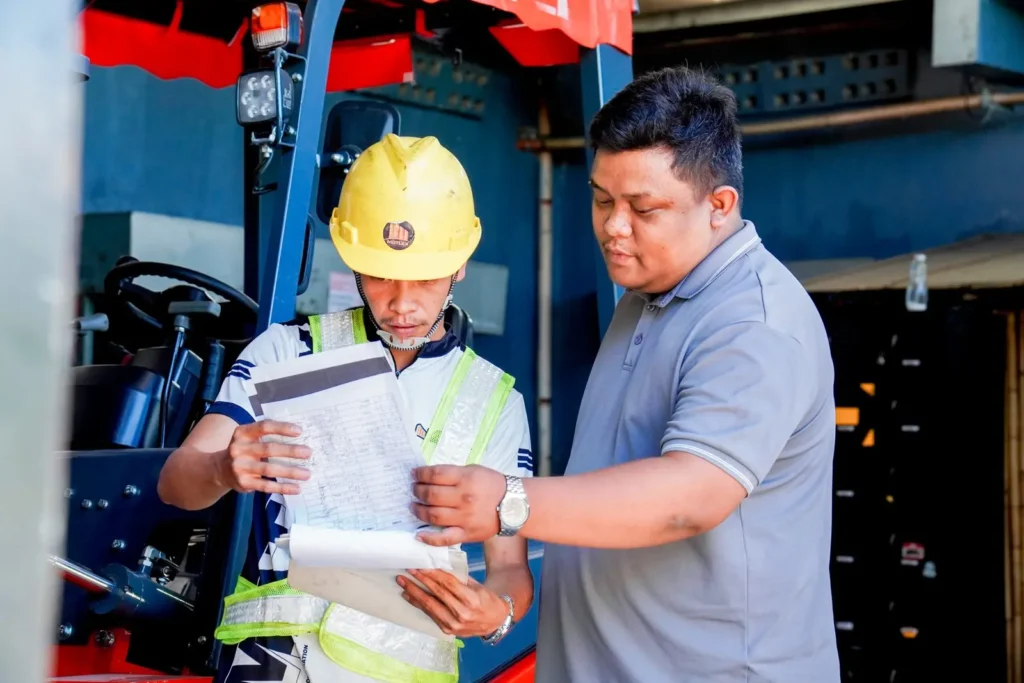When sourcing rubber components for critical applications, quality control becomes the foundation of successful partnerships. Poor quality rubber products can lead to premature failures, safety hazards, and costly downtime that far exceeds any initial savings from choosing a low-cost supplier. Understanding what separates excellent rubber manufacturers from mediocre ones helps ensure your projects succeed and your operations run smoothly.

The Critical Role of Quality Control
When sourcing rubber components for critical applications, quality control becomes the foundation of successful partnerships. Poor quality rubber products can lead to premature failures, safety hazards, and costly downtime that far exceeds any initial savings from choosing a low-cost supplier. Understanding what separates excellent rubber manufacturers from mediocre ones helps ensure your projects succeed and your operations run smoothly.
Raw Material Quality and Traceability
Superior rubber manufacturers maintain strict controls over raw material selection and sourcing. This begins with establishing relationships with reputable suppliers who provide consistent, high-grade materials. Quality suppliers maintain detailed records of material batches, including test results for key properties such as tensile strength, elongation, and chemical composition.
Traceability systems allow manufacturers to track materials from receipt through final product delivery. This capability becomes crucial when investigating performance issues or ensuring compliance with industry standards. Manufacturers who can quickly identify and isolate material-related problems demonstrate the systematic approach necessary for consistent quality.
Temperature and humidity controlled storage facilities protect raw materials from degradation before processing. Rubber compounds are sensitive to environmental conditions, and proper storage prevents premature aging, contamination, or moisture absorption that could compromise final product quality
Manufacturing Process Controls
Mixing procedures require precise control of ratios, temperatures, and timing to ensure uniform material properties. Quality manufacturers use calibrated equipment and documented procedures to maintain consistency across batches. Regular testing of mixed compounds verifies that material properties meet specifications before molding or extrusion begins.
Curing processes must be carefully monitored and controlled. Temperature profiles, pressure settings, and cure times directly impact final product properties. Advanced manufacturers use automated systems to maintain precise control while documenting process parameters for each batch. This data provides valuable feedback for continuous improvement efforts.
Dimensional control during manufacturing ensures that finished products meet design specifications. This involves regular calibration of measuring equipment, documented inspection procedures, and statistical process control to identify trends before they result in out-of-specification products.
Documentation and Record Keeping
Quality manufacturers maintain comprehensive documentation throughout the production process. This includes batch records, test results, inspection reports, and process parameters. Such documentation provides traceability and enables investigation of any quality issues that may arise.
Certificate of compliance or conformance documents provide formal verification that products meet specified requirements. These certificates should reference applicable standards, test methods, and actual test results rather than simply stating compliance. Detailed certificates demonstrate thorough quality control and provide confidence in product performance.
Calibration records for measuring and testing equipment ensure accuracy and reliability of quality control data. Regular calibration schedules, documented procedures, and traceable standards demonstrate commitment to measurement accuracy and data integrity.
Making the Right Choice
Selecting a rubber supplier based solely on price often leads to quality compromises that prove costly over time. The most successful partnerships develop with suppliers who demonstrate comprehensive quality control, consistent performance, and commitment to continuous improvement.
Quality control in rubber manufacturing requires systematic approaches, skilled personnel, and ongoing commitment to excellence. By understanding what to look for in a supplier, you can identify partners who will support your success through consistent delivery of high-quality products. The investment in choosing the right supplier pays dividends through improved reliability, reduced maintenance costs, and enhanced operational performance.
